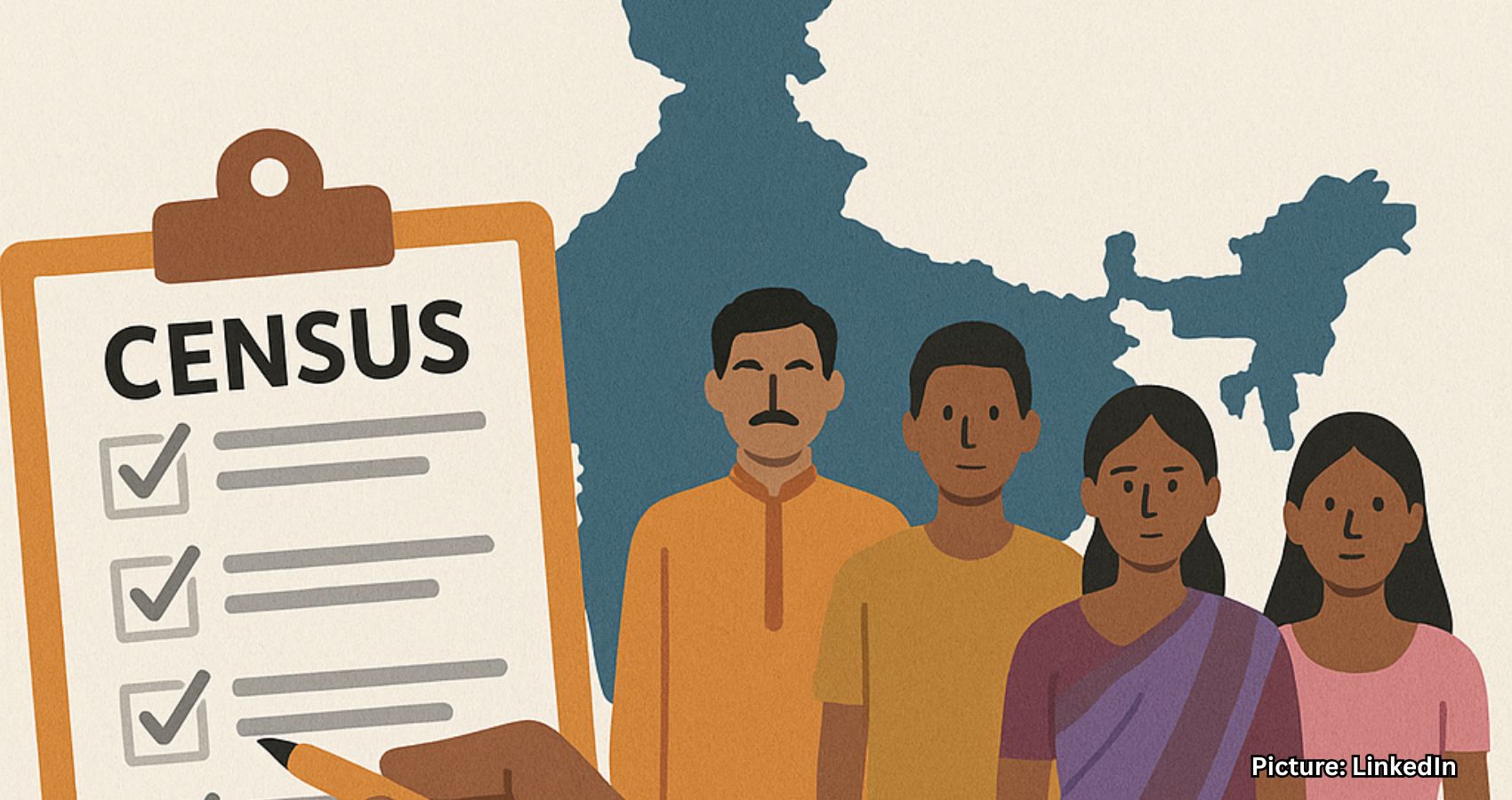The caste census is a valuable initiative that aims to gather information about individuals based on their caste in India. Scheduled to be included in the 2025 national census, this data will empower the government to better understand the diverse needs of various communities. By doing so, it will enable more informed decision-making and tailored policies that promote inclusivity and social equity.
Casteism has been a fixed part of India’s social fabric for ages, influencing access to resources, education, and opportunities.
The country has made some headway in pushing for fairness, but caste-related gaps still exist in many areas. Understanding how wide these gaps are is key to creating effective policies.
A caste census counts people based on their caste groups. India’s last full-scale caste count was in 1931. Since then, we’ve been short on solid numbers for different caste groups. I remember census of students by denominations, done during my high school days.
The next Census in 2025 might be the first in many years to include in-depth caste data. This article will examine why the caste census matters and how it could shape India’s tomorrow.
The Indian government’s decision to include caste enumeration in the national census, announced on April 30, 2025, signifies a crucial policy shift and marks the first comprehensive caste census since 1931. This initiative, long demanded by Congress, is more than just a tool for consolidating reservation and social welfare activities; it has profound political implications that could shape the future of India.
It’s crucial to recognize that many castes often exaggerate their population figures, manipulating these claims to influence government policies and leverage non-existent vote bank politics—a tactic all too common in democratic India. For example, in the context of Other Backward Classes (OBCs), precise data will fundamentally alter the principles of reservation. In states like Kerala, we can already observe how certain groups, such as Muslims, Ezhavas, and Nadars, Nadar Christisns have surpassed the criteria for reservation based on social backwardness, as outlined by Ambedkar himself. This census has the potential to disrupt the unjust benefits being misappropriated.
Furthermore, the caste census presents an opportunity to prevent such abuses driven by political motivations. The implications of this census will be far-reaching, poised to transform India’s social structure, policy framework, and electoral landscape.
Accurate data will underpin evidence-based policymaking, ensuring an equitable distribution of resources such as education, healthcare, and employment benefits. For instance, welfare schemes can be tailored to address the specific needs of marginalized communities like the Extremely Backward Classes (EBCs), who make up 36% of Bihar’s population. The Justice Rohini Commission (2017–2023), established by the Modi government, has rightly advocated for this essential caste census. The data derived from it will expose deep-seated inequalities within groups, guarantee that benefits reach the most disadvantaged, and help identify the creamy layer among OBCs, thereby refining the reservation system.
In essence, this caste census is not a mere political maneuver; it is a necessary step towards objective policy discourse and ensuring justice for all in society.

